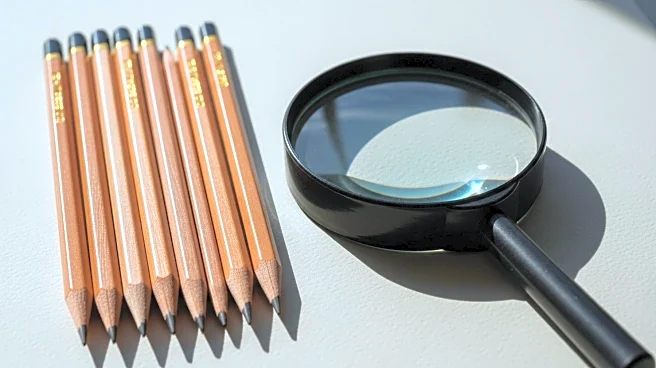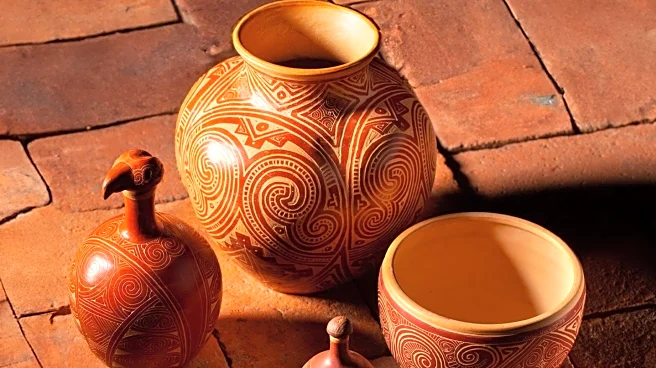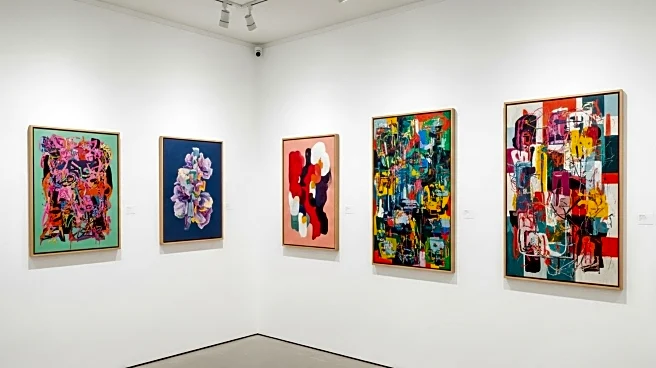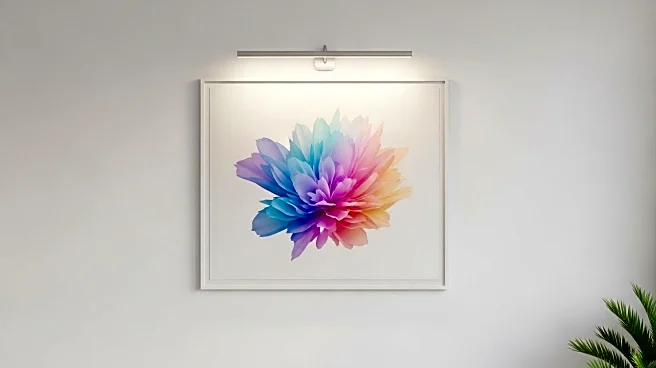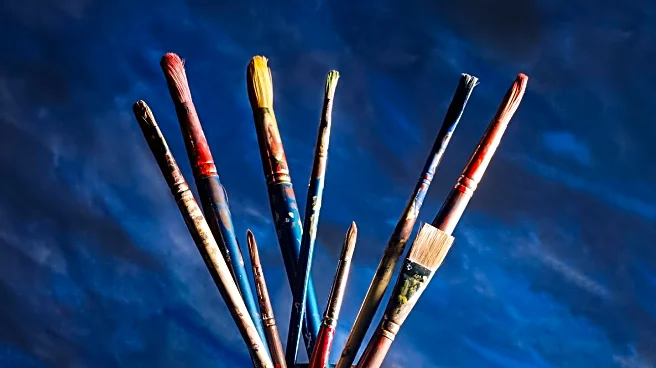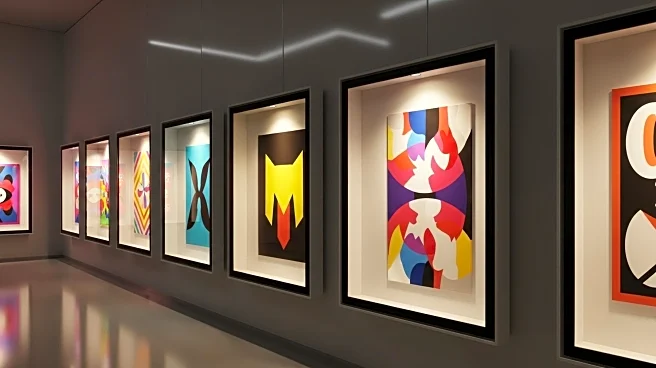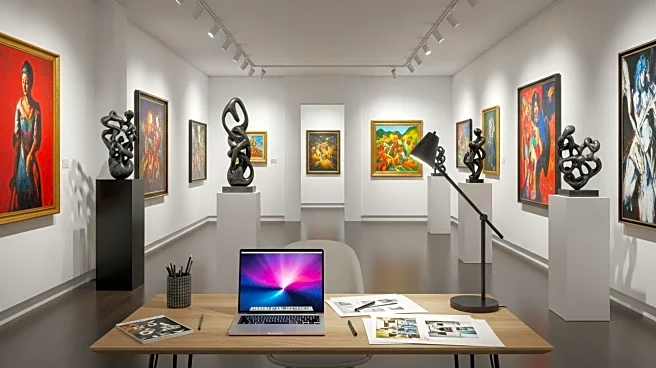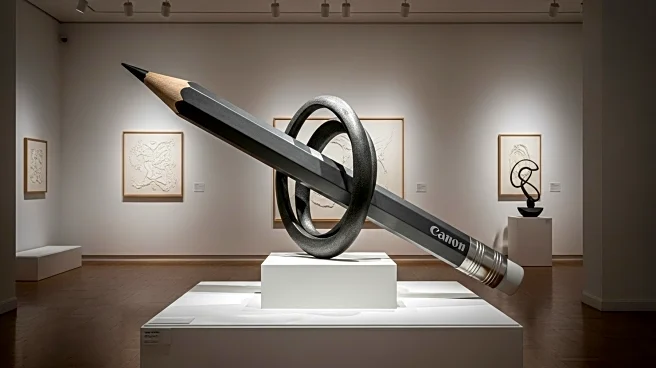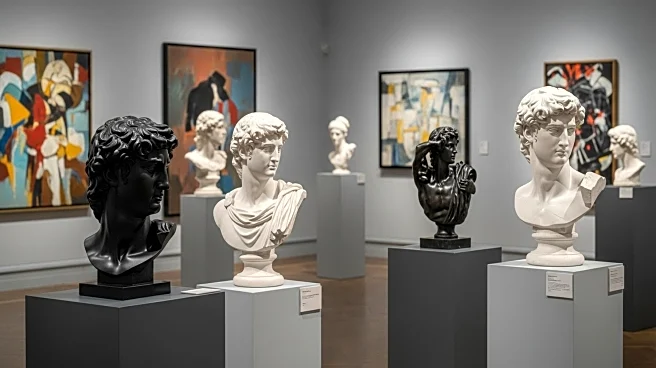What is the story about?
Drawing is a fundamental form of visual art that has been integral to human expression and communication throughout history. It involves creating images on a surface using various tools
and techniques, ranging from traditional media like graphite, charcoal, and ink to digital tools that simulate these effects. The practice of drawing is not only a means of artistic expression but also serves as a foundational skill in fields such as engineering and architecture, where technical drawing is essential for precise depictions of objects. The evolution of drawing has been influenced by the availability of materials, such as the widespread use of paper from the 14th century, which significantly increased its application in the arts.
### Historical Significance Drawing has been a cornerstone of artistic practice for centuries, serving as a preliminary step in
the creation of paintings, sculptures, and other art forms. In ancient times, artists used wooden tablets for their drawings, but the advent of paper revolutionized the practice, making it more accessible and widespread. During the Renaissance, drawing gained prominence as artists sought to capture the human form with greater accuracy and detail, leading to the development of figure drawing as a specialized discipline.
### Educational Importance Drawing is a fundamental skill taught in art education programs worldwide. It helps students develop their
observational skills, hand-eye coordination, and understanding of light and shadow. Figure drawing, in particular, is emphasized in fine art programs, where students learn to depict the human form with accuracy and expressiveness. Technical drawing is also crucial in engineering and architecture, where precision and attention to detail are paramount.
### The Role of Light and Shadow Understanding light and shadow
is essential for creating realistic drawings. Artists must consider the direction and quality of light to render depth and dimension accurately. Observing real-world lighting conditions and practicing from life can enhance an artist's ability to depict convincing shadows and highlights, whether working with smooth, reflective surfaces or rough, matte textures.
### Drawing in the Digital Age The digital age has transformed
drawing, offering new tools and platforms for artists to explore. Digital drawing software allows for experimentation with different styles and techniques, while online communities provide opportunities for artists to share their work and receive feedback. Despite these advancements, traditional drawing remains a vital skill, valued for its tactile nature and the unique qualities it brings to artistic expression.
For
the benefit of users - Parts of this article may include content generated using AI tools. Our teams are making active and commercially reasonable efforts to moderate all AI generated content. Our moderation processes are improving however our processes are carried out on a best-effort basis and may not be exhaustive in nature. We encourage our users to consume the content judiciously and rely on their own research for accuracy of facts. We maintain that all AI generated content on our platform is for entertainment purposes only. To know more about how we use AI, you can write to us at support_spaces@glance.com
Do you find this article useful?
